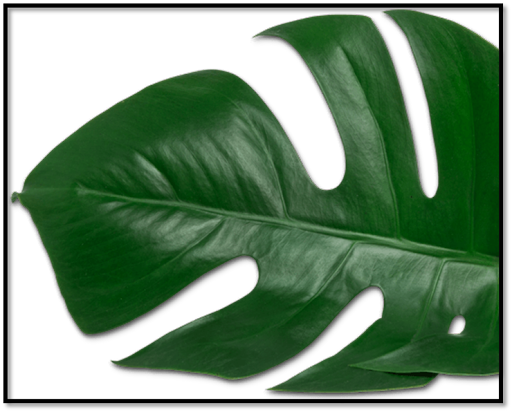Toilet paper is one of those little things we often do not think about. Until we notice, we have run out, of course. In fact, people on toilets without eco-friendly bamboo tissue paper roll have gone so far as to tweet their distress and actually receive a fresh roll. There are two types of toilet paper: single-ply and multi-ply. Single-ply toilet paper is thinner and less expensive, while multi-ply toilet paper is thicker and more absorbent. Now the question comes to mind - how toilet paper is made?
How Eco-Friendly Bamboo Toilet Paper is Made?
Eco- friendly toilet paper is made from pulp, which can come from a variety of sources, including trees, bamboo, and recycled paper. The pulp is mixed with water and chemicals to break it down into fibers, which are then pressed and dried to form sheets of toilet paper. Finally, the paper is rolled onto large spools and cut into individual rolls for use in homes and businesses. There is a long and varied history of toilet paper, with evidence of its use dating back to ancient China and Rome, and it has been made from a wide range of materials including paper, leaves, and even seashells. The modern version we use today, made from soft, absorbent paper, was first introduced in the mid-19th century and has since become a ubiquitous household item around the world. When it comes to choosing between soft and strong toilet paper, it ultimately comes down to personal preference. Soft toilet paper is typically gentler on the skin and is often preferred by those with sensitive skin. Strong toilet paper, on the other hand, is more durable and less likely to tear, making it a popular choice in households with multiple users. Be Eco – Beco.
While such stunts certainly underlie the significance of our habits, there is an eviller implication too: our consumption and manufacturing practices.
Toilet Paper Manufacturing Practices and Consumption
The market for toilet paper roll is still rife with virgin pulp toilet paper. The situation is worsened by a certain policy introduced in 2010. India permitted Chinese and Burmese imported toilet paper, which are 45% cheaper than Indian manufactured brands.
With cheaper goods come new consumer expectations. Casual shoppers are less likely to look at a label anyhow. With significantly inexpensive options, it is not just penny-pinchers and super-shoppers opting for the most cost-effective selection.
The natural response of Indian manufacturers is quite obvious: cut costs and slash prices. Aside from importing Chinese pulp, manufacturers are also disregarding more costly methods, including the use of recyclables. That means more reckless clear-cutting of native forests throughout the country and around the world. After all, the time required to digest and expunge is far less than that needed to grow a tree.
Not all is negative, however. Some progress is being made. Perhaps more due to digitization than conservation, we are using less paper than before. A case-in-point is the Indian Conservation Fund. It managed to consume a staggering 30% less paper in 2015/16 compared to 2017/18. This is a change from 250,000 A4 sheets to 180,000.
In regards to negative aspects of eco-friendly toilet paper, conscious consumers and the logging industry are both quick to point out that recycled paper is rife with BPA and BPS, known for inhibiting estrogenic glands. Such chemicals are easily absorbed through the skin, so wiping with recycled paper can seem an assuredly bad idea. However, what people fail to mention is that nearly all paper products contain BPA and BPS, from currency to concert tickets. In other words, BPA and BPS exposure is inescapable. Be Eco – Beco.


